Recommendation points
- Removing heavy limestone and rust deposits
- How to remove detergent deposits
- Combating loss of whiteness
- Tile and ceiling processing: goodbye, mold!
- Cleaning options for tile joints
With systematic cleaning, some types of household pollution cause outright despair. However, it is possible and necessary to deal with difficult-to-remove deposits, and today we will tell you how to clean the toilet bowl and sink from rust and clean the plumbing from limescale.
Removing heavy limestone and rust deposits
Plaque from tap water accumulates slowly, layer by layer, and this is the main difficulty of its removal. Of course, we will not dispute the effectiveness of “top” cleaning agents designed to combat lime deposits and rust. But after all, learning to cope with such pollution using improvised means is, at least, much more interesting, in the future, such an ability will provide good savings on expensive household chemicals.
The hardness of water is due to the content of magnesium and calcium salts, this is the same notorious lime. Intimidating rust stains are nothing more than dissolved iron oxide. All these substances, due to their chemical nature, readily react with most of the simplest inorganic acids: sulfuric, hydrochloric, carbonic. With common organic acids – acetic and citric – the reaction also proceeds, but much slower.
The latter is only on hand, because a sluggish reaction allows you to dissolve or subject to a significant degree of erosion “stone” deposits and leave the surface of the ceramic or metal intact. In products containing more active inorganic acids, inhibitors must be present that slow down the course of the reaction..
To combat lime deposits, it is recommended to use not table vinegar, but vinegar essence, which is diluted with 6-8 parts of distilled water to reduce volatility. Food grade citric acid is diluted at a concentration of one tablespoon per liter of water. Since both compositions have practically no viscosity, it is better to apply them to a bath or chrome plumbing with a soaked rag, or several times from a hand spray. By the way, if you fill the container to be cleaned with hot water and let it warm up properly, the effect will be much more evident..
Rust can also be removed with similar means, although it is better to use all kinds of converters that are used to prepare the metal before painting. Yes, these funds are from the category of more expensive ones, but they are needed in rather modest quantities. When working with rust and limescale, be patient: leave the cleaning compound for quite a long time (4–5 hours). Do not despair if after processing some of the plaque remains – it is easy enough to remove it with a hard sponge.
How to remove detergent deposits
The nature of the formation of soap deposits is similar to lime and rusty deposits, only the nature is slightly different. The soap forms a sticky film, which becomes covered with dust, and then the process is repeated over and over until the contamination is manifested by streaks or crust in the drain area. Deposits of washing powder in the dispenser of the washing machine can also be attributed to such formations, they are removed in the same way.
If the contaminated surface is not susceptible to high temperatures, heating the deposits with a construction (or even household) hair dryer, followed by washing with a simple non-abrasive detergent, will help..
The second option is alkaline-type preparations for cleaning sewer pipes. With their help, you can remove not only soapy, but also fatty deposits. It is advisable to use products in granules: grind, moisten with water until a thick slurry and apply to contaminated areas for 20-30 minutes.
Various stain removers and washing gels with active oxygen in the composition can be a good help. This option is recommended for plastic and acrylic surfaces that are sensitive to active chemicals..
Combating loss of whiteness
After removing stains, stubborn discoloration, yellowness or grayish deposits may remain on the contaminated areas. The same phenomena can be general in nature if the surface has not been completely cleaned for a long time or simply due to aging..
In most cases, it is possible to restore the original whiteness with ordinary soda. It has the ability to “pull” even small particles of dirt. To do this, soak the baking soda with water, apply an even layer on the bathtub or sink and leave it there for as long as possible. From time to time, it is advisable to moisten the surface from a spray bottle.
Soda is much better at penetrating very fine pores when it reacts with acids when foam is formed. For this purpose, a small amount of acetic or other weakly concentrated acid can be added to the water while wetting. After processing, the soda must be washed off with cold water. It is possible that the original white color will not be restored immediately, it will be necessary to clean it in several stages.
In general, soda treatment is a very good habit if you complete every cleaning of both the bathtub or sink itself and the entire bathroom with it. Sodium bicarbonate has a bactericidal effect, helps to eliminate a wide range of light dirt and prevents their formation in the future, unlike most detergents that form a sticky film.
Tile and ceiling processing: goodbye, mold!
It is quite difficult to completely get rid of mold and mildew in the bathroom. The reason is that the infection spreads by spores, eats into tile joints and other depressions, for example, under a water-cut skirting board and into the grooves of ceiling fillets. It is worth removing the visible traces, as after a couple of months gray or black plaque appears again.
In most cases, the problem is solved with the usual whiteness, diluted with water 1: 2. The composition must be poured into a sprayer and the walls and ceiling must be completely covered. In this state, it is advisable to leave the bathroom overnight, and the next day to carry out a general cleaning and thoroughly wash all surfaces with laundry soap..
An aqueous solution of furacilin has a more pronounced bactericidal effect – three tablets per liter of water. Processing is carried out in the same way, for a heightened effect, you can add a couple of caps of hydrogen peroxide. The main disadvantage of furacilin is that after it a yellowish coating remains, which eats into the tile seams. However, if the bathroom is finished in pastel colors, this is not so critical..
Periodic cleaning of the tile, first with a detergent, and then with a weak solution of ammonia, is an excellent prophylactic agent against mold and other contaminants. Due to ammonia, the tile becomes glossy and shiny, which is especially important for removing stains from cladding in dark colors.
Cleaning options for tile joints
Joint fillers tend to have a high porosity, and therefore splash of soapy water and settling dust eats into them very strongly.
All sorts of bleaches and stain removers come to the rescue. Cleaning with their help is a rather painstaking process. Every seam should be well cleaned with an old toothbrush, and the cleaning agent residues should not be rinsed off immediately.
Seams are also well cleaned with all kinds of chlorine compounds. If the dirt has eaten too much, you can return to its original appearance only by removing the old aggregate and new grout. In this case, it is recommended to either select the grout to match, and then paint over with waterproof paint, or cover the seam of the desired color with a special hydrophobic pencil. The work is quite painstaking, but the result is definitely worth it.


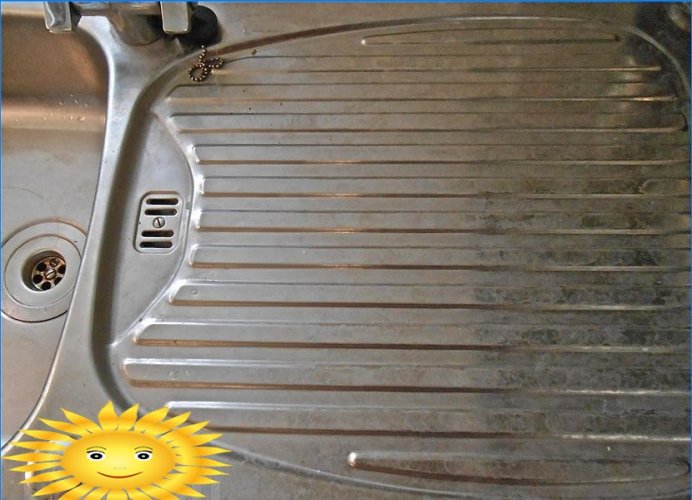
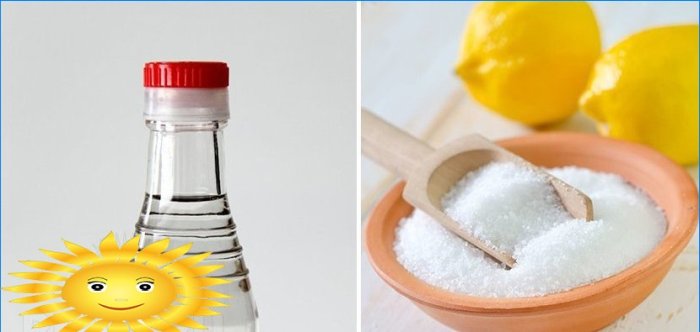
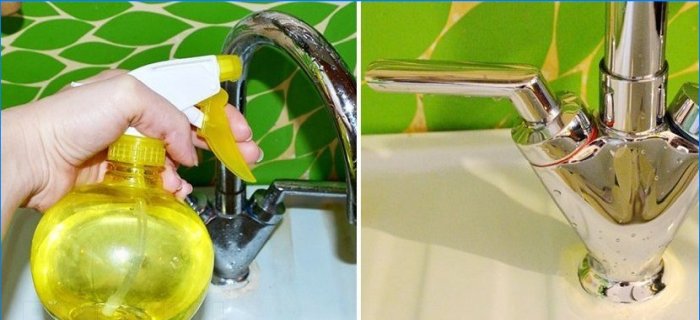
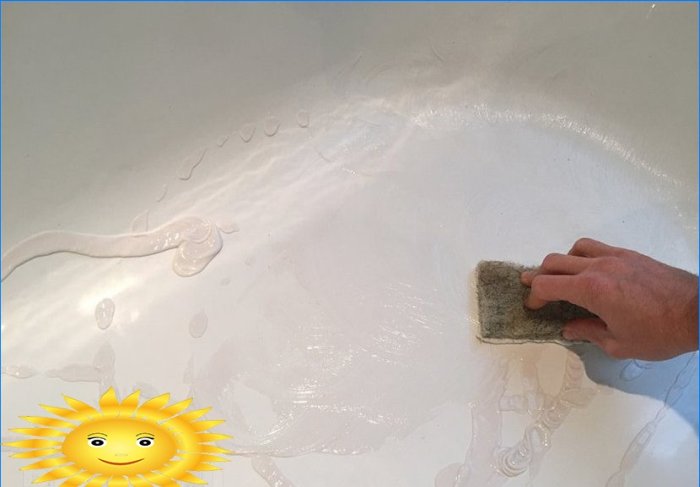
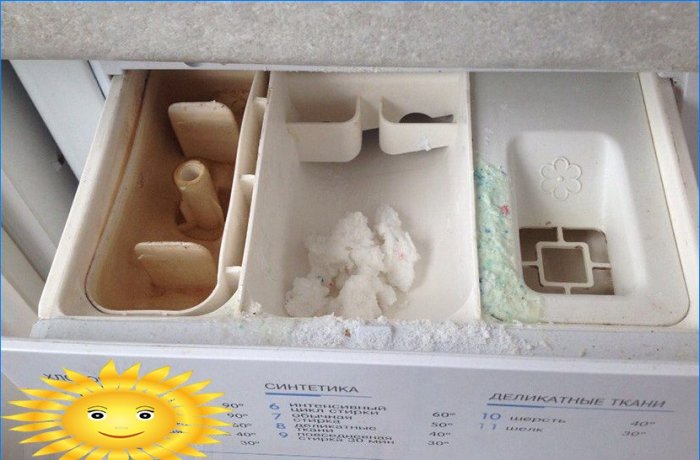
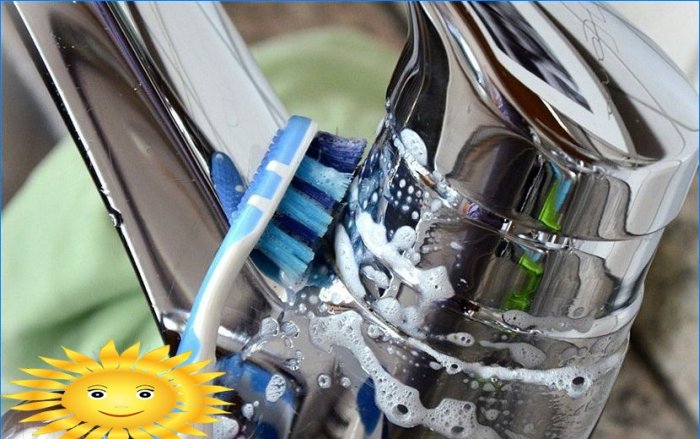
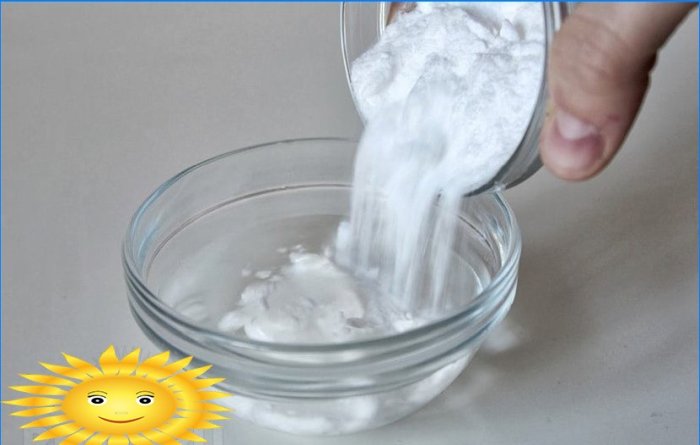

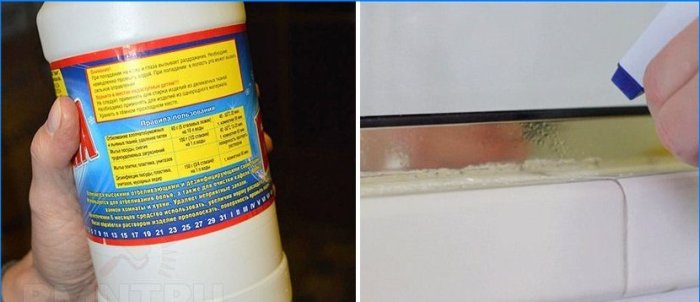

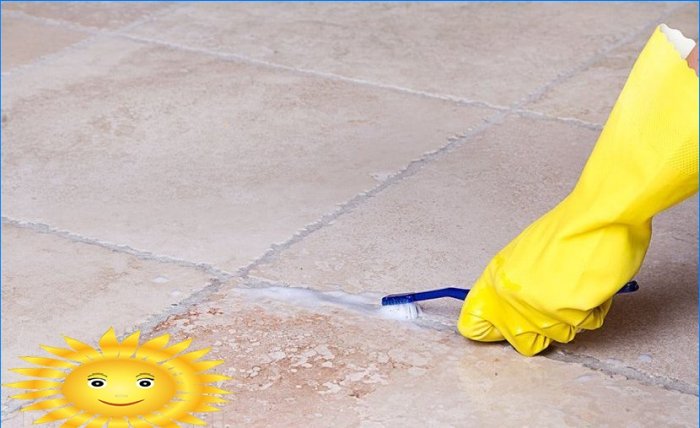

Could you please provide some effective methods or products to clean a toilet bowl and sink from rust and limescale? I’ve tried a few options, but haven’t found a solution that works effectively. Any advice or recommendations would be greatly appreciated.
Can someone please share a simple yet effective method to clean a toilet bowl and sink that have accumulated rust and limescale? I’ve tried various products, but none seem to work. Any recommendations or tips would be greatly appreciated!